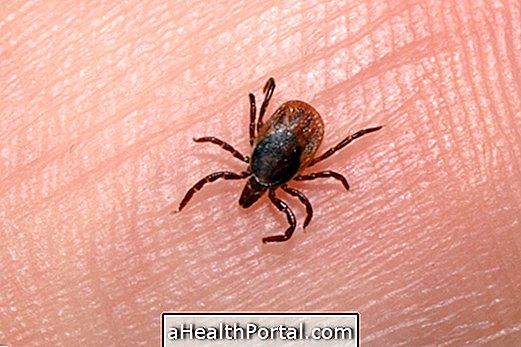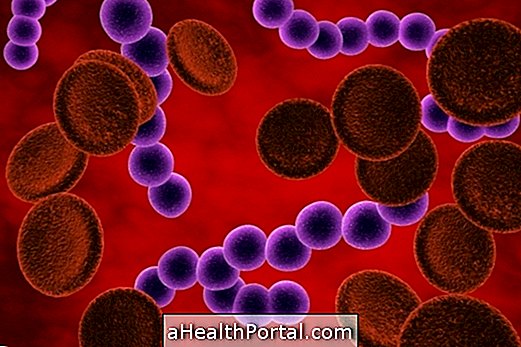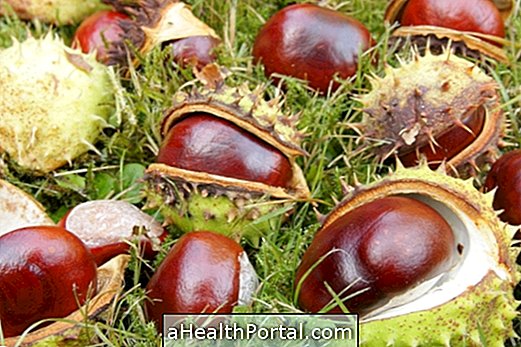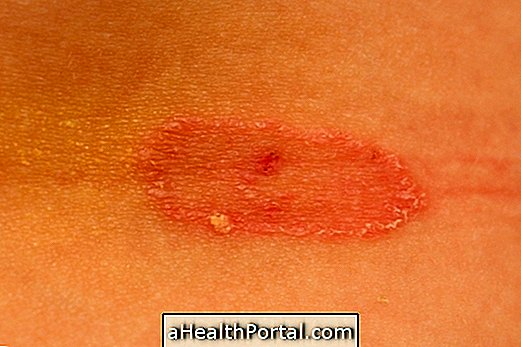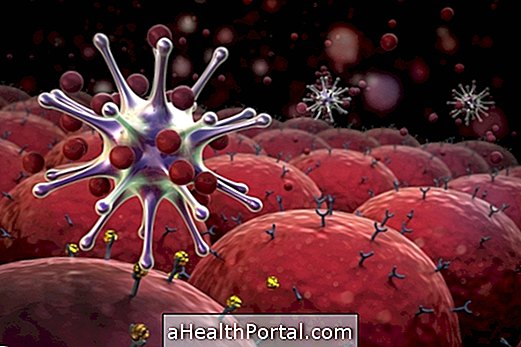THE Rickettsia corresponds to a genus of gram-negative bacteria that can infect lice, ticks, mites or fleas, for example. If these animals bite people, they can transmit this bacterium, with the development of diseases according to the species of animals. Rickettsia and the arthropod responsible for transmission, such as spotted fever and typhus.
This bacterium is considered a mandatory intracellular microorganism, that is, it can only develop and multiply inside the cells, which can lead to the appearance of serious symptoms if it is not identified and treated quickly. The main species of Rickettsia that infect and cause disease in people are the Rickettsia rickettsii, Rickettsia prowazekii and Rickettsia typhi, which are transmitted to man by means of an arthropod that feeds on blood.

Symptoms of infection by Rickettsia sp.
Symptoms of infection by Rickettsia sp. are similar and in the early stages of the disease are usually nonspecific, the main ones being:
- High fever;
- Intense and constant headache;
- Appearance of red spots on the trunk and extremities;
- General malaise;
- Excessive tiredness;
- Weakness.
In the most severe cases, there may also be an increase in the liver and spleen, decreased pressure, kidney, gastrointestinal and respiratory problems, and there may be respiratory arrest and, consequently, death if it is not treated and identified quickly.
Main diseases
Diseases caused by bacteria of the genus Rickettsia sp. they are transmitted through contact with feces from infected ticks, fleas or lice or through their saliva when they bite people, this form of transmission being more common. The main diseases are:
1. Spotted fever
Spotted fever is caused by the bite of the star tick infected by the bacteria Rickettsia rickettsii, which reaches the person's blood circulation, spreads through the body and enters cells, developing and multiplying and leading to the appearance of symptoms, which take between 3 and 14 days to appear.
Spotted fever is most common during the months of June to October, which is when ticks are most active, and can be transmitted throughout their life cycle, which lasts between 18 and 36 months.
It is important that spotted fever is identified and treated as soon as suspicions or symptoms of the disease arise, so that there is a greater chance of cure and reduced risk of complications, such as brain inflammation, paralysis, respiratory failure or renal failure, for example. Learn more about spotted fever.
2. Epidemic typhus
Epidemic typhus is also caused by bacteria Rickettsia sp., and can be transmitted by the louse, in the case of Rickettsia prowazekii, or by the flea, in the case of Rickettsia typhi. Symptoms usually appear between 7 and 14 days after infection by the bacteria and usually 4 to 6 days after the first symptom appears, it is common to have spots and rashes that spread quickly throughout the body.
How is the treatment
Treatment for infections by Rickettsia sp. it is done with antibiotics, usually Doxycycline or Chloramphenicol, which should be used according to the doctor's guidance even if there are no more symptoms. It is common that about 2 days after the beginning of the treatment the person already shows improvements, however it is recommended to continue using the antibiotic to avoid the recurrence of the disease or resistance.
Was this information helpful?
Yes No
Your opinion is important! Write here how we can improve our text:
Any questions? Click here to be answered.
Email in which you want to receive a reply:
Check the confirmation email we sent you.
Your name:
Reason for visit:
--- Choose your reason --- DiseaseLive betterHelp another personGain knowledge
Are you a health professional?
NoMedicalPharmaceuticalsNurseNutritionistBiomedicalPhysiotherapistBeauticianOther
Bibliography
- MSD MANUAL. Overview of rickettsial infections. Available in: . Accessed on 06 Jun 2019
- FIOCRUZ. What are Rickettsias?. Available in: . Accessed on 06 Jun 2019
- MINISTRY OF HEALTH. Health Update Guide. 2016. Available at:. Accessed on 06 Jun 2019
- Characterization of Rickettsia spp. circulating in silent focus of Brazilian spotted fever in the municipality of Caratinga, Minas Gerais, Brazil. Cad. Public Health. Vol 22. 3 ed; 495-501, 2006



